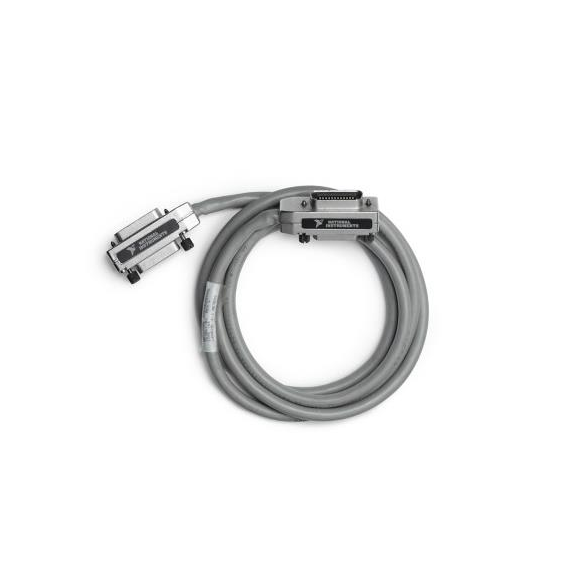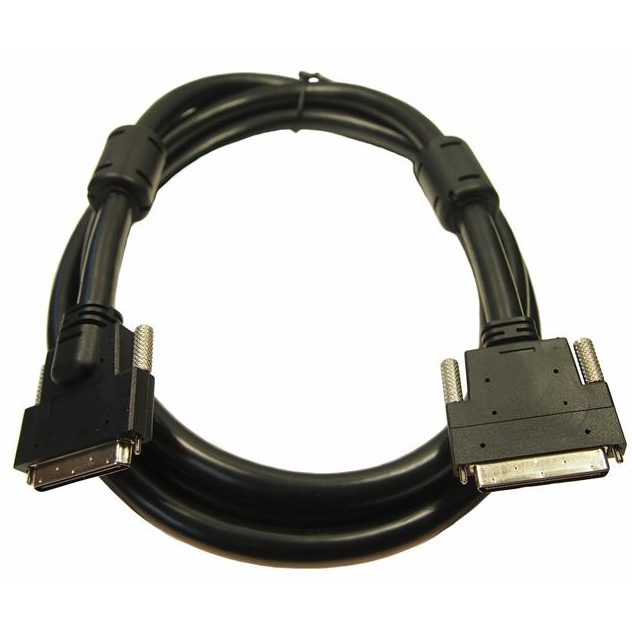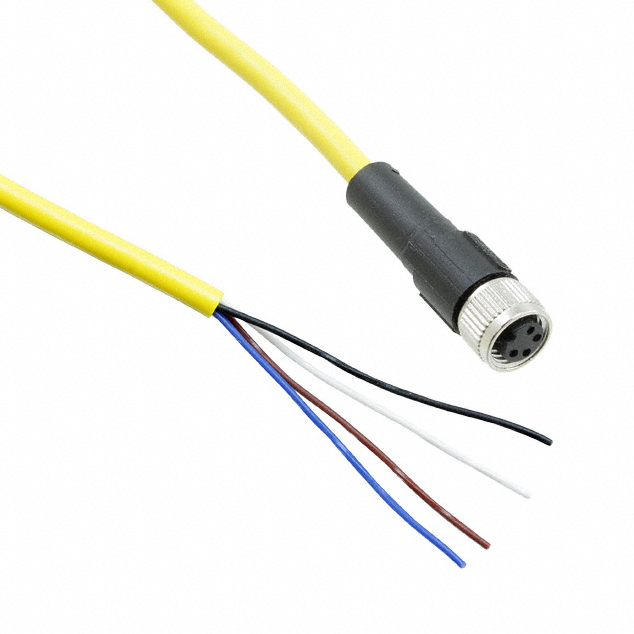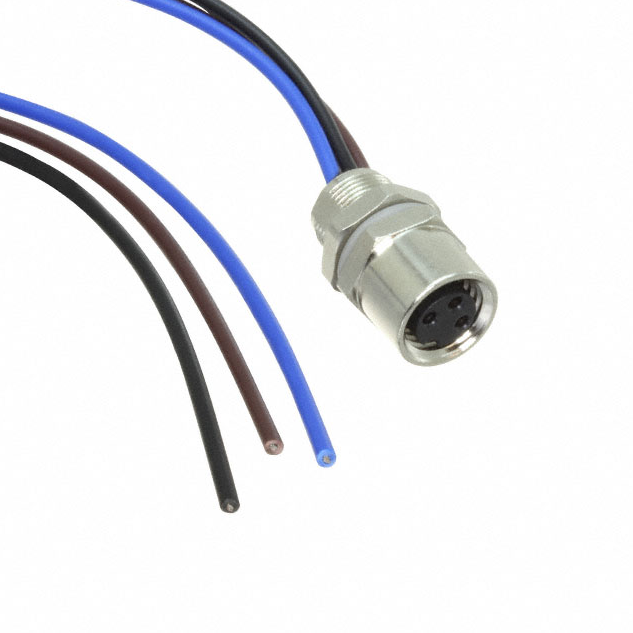Keeping progressing, Pursuing integrity, Embracing future
Ensuring the reliability and durability of wiring harnesses is an important aspect of electrical system design and manufacturing, especially in critical fields such as automotive, aerospace, medical equipment, etc. Here are some important methods and measures to ensure the reliability and durability of wiring harnesses:
1. Material selection
Wire material: Choose high-quality wire materials such as copper, aluminum, or other alloys to ensure good conductivity and oxidation resistance. For high-temperature environments, silver plated copper wire or nickel plated copper wire can be chosen.
Insulation material: Select appropriate insulation materials according to the application scenario, such as PVC, XLPE, Teflon, etc., to ensure the stability of the wire harness under different temperatures and environments.
Shielding materials: To prevent electromagnetic interference (EMI), shielded wires or shielding materials such as metal braided mesh and aluminum foil can be used.
2. Design and Engineering
Redundancy design: Introduce redundancy design in critical systems to ensure that even if some lines fail, the system can still function normally.
Appropriate wiring harness: During design, avoid excessive bending radius or stretching of the wiring harness, and prevent friction near moving parts. Consider the thermal expansion and contraction of the wiring harness, leaving sufficient margin.
Protective measures: Use corrugated tubes, heat shrink tubing, zip ties, etc. to protect the wiring harness from wear and mechanical damage.
3. Manufacturing process
Accurate crimping and connection: Use appropriate crimping tools and methods to ensure that the joint is secure, avoiding virtual connections and looseness. Ensure the reliability and consistency of the welding points during welding.
Cleaning and Protection: Maintain cleanliness during the manufacturing process to prevent contaminants from entering the wiring harness. For corrosive environments, surface treatment can be carried out, such as tin plating or silver plating.
4. Testing and Verification
Electrical testing: Strict electrical testing is conducted after manufacturing, including conductivity testing, insulation resistance testing, high-voltage testing, etc., to ensure that the electrical performance of the wiring harness meets the design requirements.
Environmental testing: Conduct tests under simulated extreme environmental conditions, such as high and low temperature cycling tests, vibration tests, moisture resistance tests, etc., to verify the reliability of the wiring harness in various environments.
Mechanical testing: Conduct tensile testing, bending testing, etc. to ensure that the wiring harness can withstand the mechanical stress in practical applications.
5. Standards and Compliance
Adhere to industry standards: Follow relevant industry standards and specifications, such as UL, ISO, MIL standards, etc., to ensure that the wiring harness meets safety and quality requirements.
Certification and Quality Control: Wire harness manufacturing enterprises should obtain quality management system certifications such as ISO 9001 and IATF 16949 to ensure continuous improvement and quality control in the production process.
6. Regular maintenance and inspection
Preventive maintenance: Regularly check the status of the wiring harness, promptly repair potential problems such as looseness, damage, aging, etc.
Record and Tracking: Maintain detailed usage records and maintenance history of the wiring harness for easy tracking and management.
Inquiry
LATEST BLOGS
INQUIRY
RELATED PRODUCTS
 How does the wiring harness perform in extreme environmentsRCD has over a decade of experience in the assembly of cables and connectors required for outdoor harsh environment equipment.
How does the wiring harness perform in extreme environmentsRCD has over a decade of experience in the assembly of cables and connectors required for outdoor harsh environment equipment. How to evaluate the lifespan and reliability of wire harnessesRCD has over a decade of experience in the assembly of cables and connectors required for outdoor harsh environment equipment.
How to evaluate the lifespan and reliability of wire harnessesRCD has over a decade of experience in the assembly of cables and connectors required for outdoor harsh environment equipment. What is the difference between flexibility and rigidity of wire harnessesRCD has over a decade of experience in the assembly of cables and connectors required for outdoor harsh environment equipment.
What is the difference between flexibility and rigidity of wire harnessesRCD has over a decade of experience in the assembly of cables and connectors required for outdoor harsh environment equipment.




